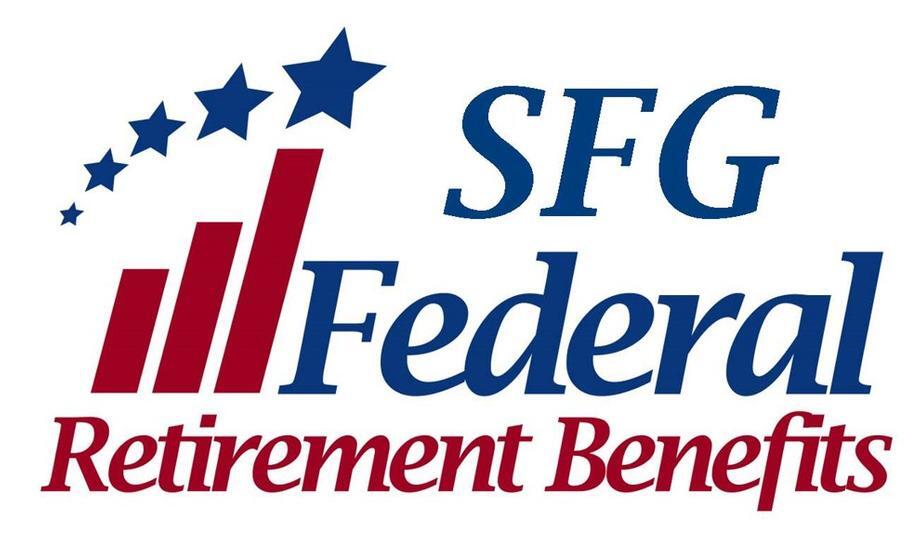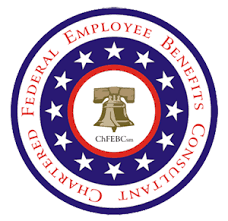
 SFG FEDERAL
SFG FEDERAL
TOOLBOX
ADVANCED STRATEGIES
Federal Employees and their Families Federal Employees have varying insurance needs, from life insurance policies that replace current government benefits to creating an alternative source of income for the surviving spouses. All prospects will be required to complete a complimentary needs based questionnaire to determine what (if any) insurance needs are warranted.
FEGLI Option (B) Replacement Strategy
Most Federal employees aren't aware of how cost prohibitive their FEGLI coverage will become. FEGLI premiums can increase up to 2,000% (as much as 20 times) through the life of your employment with the Federal government. In nearly every case, having life insurance premiums that increase as you age is not recommended.
One of the very first attributes to look for in life insurance when researching a policy is called “level premiums”. This means the premiums you pay remain level for the life of the policy and will not increase. FEGLI coverage has what is called “increasing premiums”. Specifically with FEGLI, your life insurance premiums will go up every five years in what is called “age bands”.
FEGLI coverage can decrease 75% at retirement, if you aren't careful and maintain an awareness of how your coverage is operating. This can be a problem because if you want to maintain coverage to provide financial protection your family, it can be easily lost. If you decide you don't want the reduction of your Option B coverage upon retirement, it becomes horribly and entirely cost-prohibitive compared to an individually owned policy you could purchase on your own that will have level premiums.
FEGLI coverage is not designed to be permanent life insurance. Permanent life insurance provides you coverage for your entire life. Most important regarding permanent life insurance coverage, the premiums do not increase, meaning they remain level for the life of the policy. Your FEGLI option B coverage is more similar to what's called an “Annually Renewable Term” life insurance policy. Except in FEGLI's case your premiums are renewed and increase every 5 years rather than on an annual basis.
Sample FEGLI Option B Replacement Report
Pension Maximization Strategy for Surviving Spouse Benefits
All federal employees who qualify for an employer pension need to make a big decision before they retire. Should a retiree take a life-only annuity, which provides the highest monthly payout but ends when the pensioner dies (with no health insurance continuation)? Or choose a joint-and-survivor benefit, which offers a lower payout but one that continues after the retiree dies for as long as the spouse is alive?
But, there is a strategy known as "pension maximization." It works like this: Take the higher life-only payout or minimum to keep the health insurance available and use all or part of the extra income to buy life insurance. If you die first, your pension ends but your spouse will get a death benefit that if structured properly will be enough to generate at least the same income she would have received under the joint pension. If she dies first, you can still keep the policy for children or other contingent beneficiaries or cancel the insurance.
Sample Pension Maximization Report
Roth TSP Split Funded Indexed Universal Life (IUL) Strategy
This strategy is ideal for the younger federal employee who is in a lower tax bracket. This unique strategy combines both the Roth TSP and an Indexed Universal Life (IUL) policy. The strategy has the employee contributing at least 5% of their salary into a Roth TSP to receive the Government's 5% free match into their Traditional TSP account. Then they can fund their remaining contribution into an IUL (up to the maximum allowed $19,500 for 2020).
The policy will be set up to have a minimum death benefit to keep the cost of insurance and commissions low and will to be funded until the federal employee retires. An indexed universal life policy account value can never lose money due to a down market. Indexed universal life insurance guarantees your account value, locking in gains from each year, called an annual reset. IUL account values grow tax-deferred like a qualified plan (TSP & Roth TSP)
a. During a year of growth, the IUL account value will participate in typically 100 percent or more of the underlying index gains, via linkage to the published returns of the various indices (S&P 500, NASDAQ 100, DJIA, Russell 2000, etc.).
b. During a subsequent down year, an IUL principal and accumulated gains are locked in and carried forward (annual reset) to the next contract anniversary.
c. If the markets should recover the following year, the IUL account value again participates in those gains up to a pre-determined cap (typically 12 percent to 15 percent) without having to recover from the previous year's “correction” (losses).
d. Policy owners may access their money from an IUL without IRS penalty regardless of age.
Indexed Universal Life - IUL Pros & Cons
Roth TSP vs IUL Comparison
IRA Maximization Strategy
This strategy combines two benefits into one, a capital replacement strategy and a capital transfer strategy. For many federal employees who have enjoyed rapid growth of assets over the years inside their TSP accounts and now have sizable Rollover IRAs. Which they plan on passing to their children or grandchildren. But, they need to make withdrawals from their IRAs to have sufficient retirement income. Plus, they will still need to compute and take the required minimum distributions (RMDs – Traditional TSPs & Traditional Rollover IRAs) each year once they attain age 72.
If the federal employee needs the money and would like to pass the money on to loved ones, then why not use IRA assets to maximize what the family receives at the individual's death? If the individual purchases for a life insurance policy and then purchases a Single Premium Immediate Annuity (SPIA) in the IRA, the after-tax SPIA pay can pay insurance premiums.
This way, you are able to withdrawal over the employee's lifetime the entire IRA's principal and interest and spend it down to zero. Since, you have leverage this heavily taxed asset into a potentially tax-free benefit that can provide funds for family members several times larger than they otherwise would receive. And, you will no longer have to worry about making sure you have correctly computed and taken your RMDs each year after turning age 72.
IRA Max Strategy
Sequence of Returns Income Planning Strategy
The one risk Wall Street hates to talk about is sequence of return risk. This is the risk that even though the “average” rate of return is sufficient, the actual sequence of returns could leave your retirement nest egg insufficient. Take someone that retires within 5 years before or after a major market downturn.
They simply don't have the time before they need the money to make up for a -30% year or heaven forbid another -40% year. And if you are unlucky to retire close to a series of market downturns [remember the 2000s] your anticipated retirement income could go down over 50% annually just because of bad luck. Do you really want to leave your retirement to pure luck??? Might as well walk into Vegas and put it all down on black!
Now under current IRS rules [revisited three times by the IRS], you can take loans against your face value and there are no tax consequences as long as you keep your life insurance policy intact. So tax free distributions from your Indexed Universal Life (IUL).
Sequence of Return Risk
Long Term Care
We've solved the biggest risk to your retirement, how to pay for your Long Term Care. There is a 70% chance you will need it and as of right now you have only two choices, self-fund the cost or buy the Federal LTC.
Our LTC Toolbox guide to show you the significant advantages of our Hybrid-Linked plans over the (LTCFeds) Federal Long Term Care Insurance Program.
Each federal employee will need help with evaluating life insurance and long term care. Sometimes known as the “sandwich' group because they still have children in college and aging parents to take care of, this group could also benefit from Medicare supplemental insurance.
LTC Toolbox Guide
Myths of Long Term Care
How Asset Based LTC Works
Inforce Policy Audit
The basis of our life insurance audit lies in our belief that most people are overpaying for life insurance. Like other financial instruments life insurance is an asset that must be managed and generally is not. This belief arises from consistent industry improvements in product, pricing and longer life expectancies. Because of these continual changes (for the better), we've developed a process which thoroughly scrutinizes every detail of your in-force coverage and identifies potential areas of improvement.
Sarasota Financial Group's Advanced Markets will analyze the underwriting, the current product and the goals of our clients. Once we have assessed the potential weaknesses and/or strengths of our client's in-force policies, we carefully compare the current policy against the best available products in the marketplace today that fits their needs. A recommendation is then given to either maintain the current policy or move to a more effective plan. As people age, their needs change our review process makes sure the policy fits the need.
